This will be one of the most important datasets since the mapping of the Human Genome, say experts.
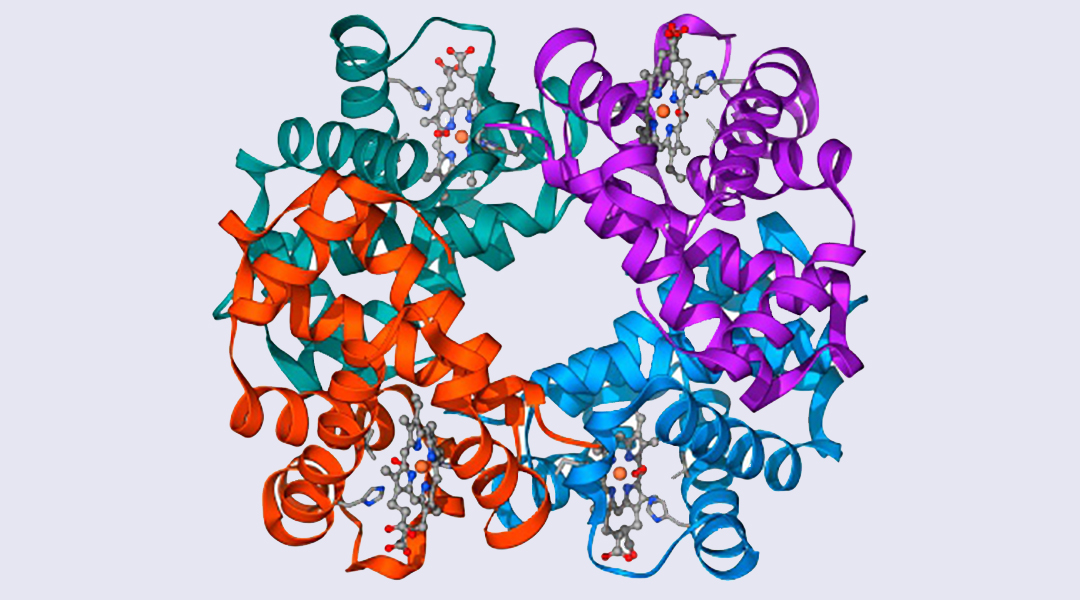

This will be one of the most important datasets since the mapping of the Human Genome, say experts.

A new true random number generator offers better encryption by taking advantage of a flaw in memristor memory devices.
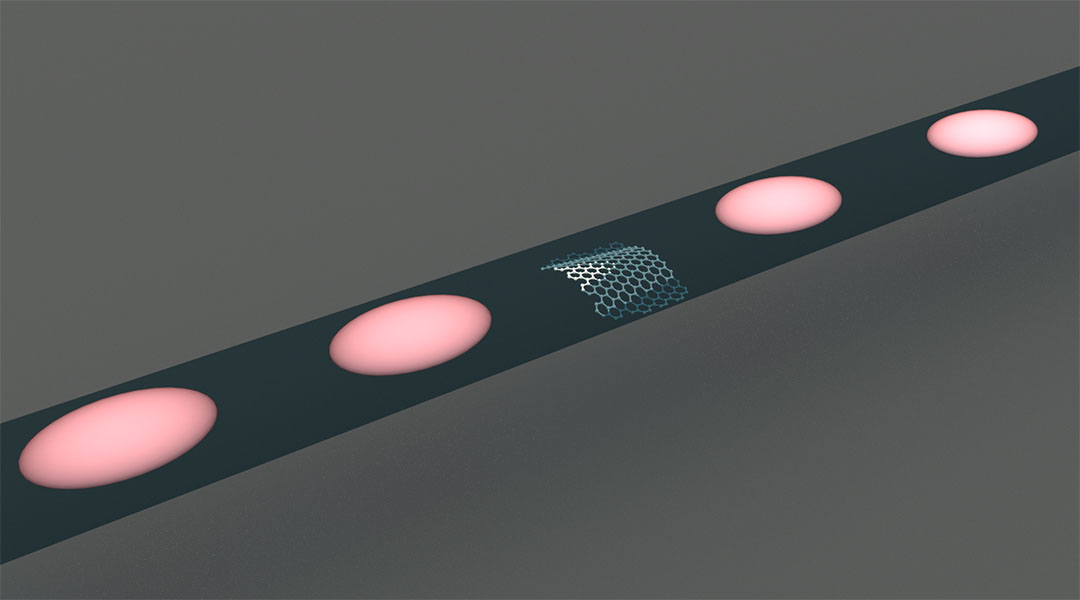
Photonics offer a natural link between communication and computation, providing a potential bridge to build a quantum internet.

A new simulation technique accelerates modeling to help us better understand complex molecular processes and facilitate rational drug design.

Using a computer model to plan electricity grids in developing countries, researcher Christina Dominguez traveled to Kenya to get an idea of how people live without electricity and what developments access to the power grid can trigger.

Researchers were able to detect a “needle” of highly fragile quantum information in a “haystack” of nuclei.
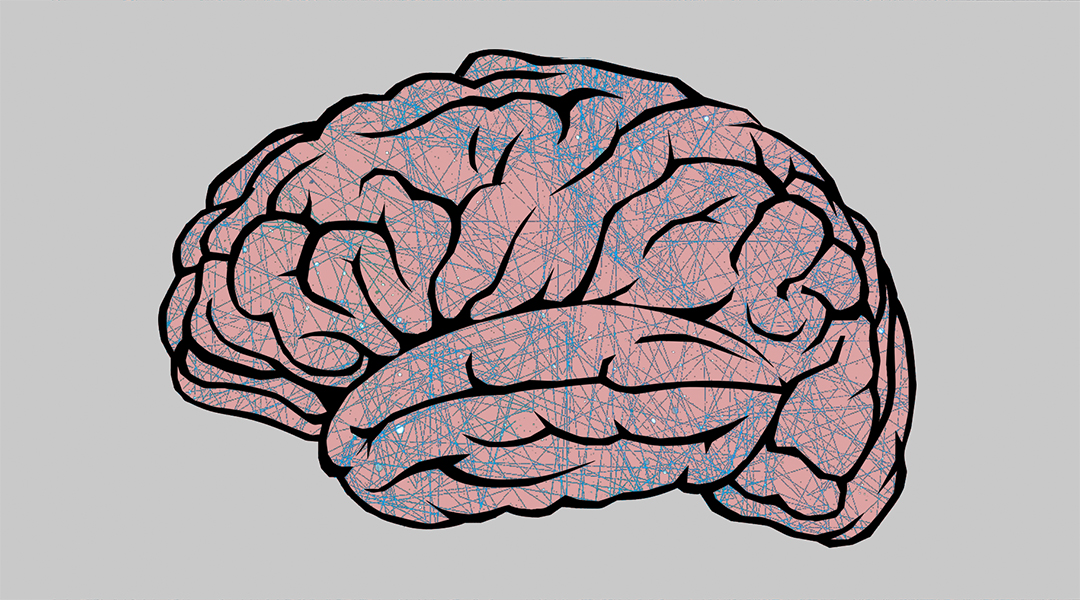
An intelligent material that learns by physically changing itself, similar to how the human brain works, could be the foundation of a completely new generation of computers.

Researchers create a quantum nanochip that is capable of producing stable, high-quality qubits and could open doors for powerful quantum computers.
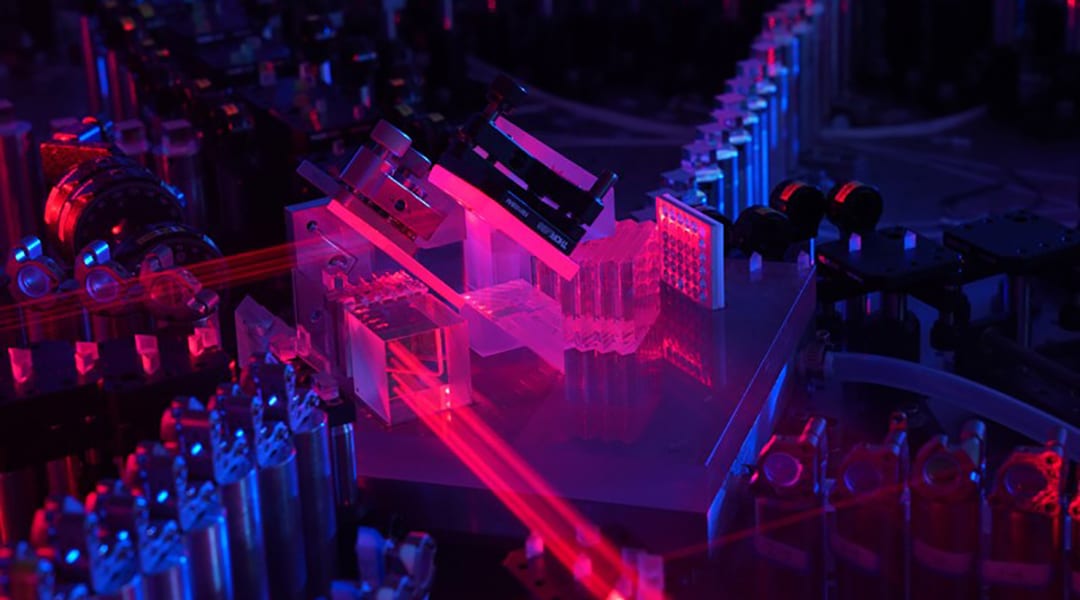
The quantum computer named Jiuzhang was able to complete a task 100 trillion times faster than one of the world’s fastest super computers.
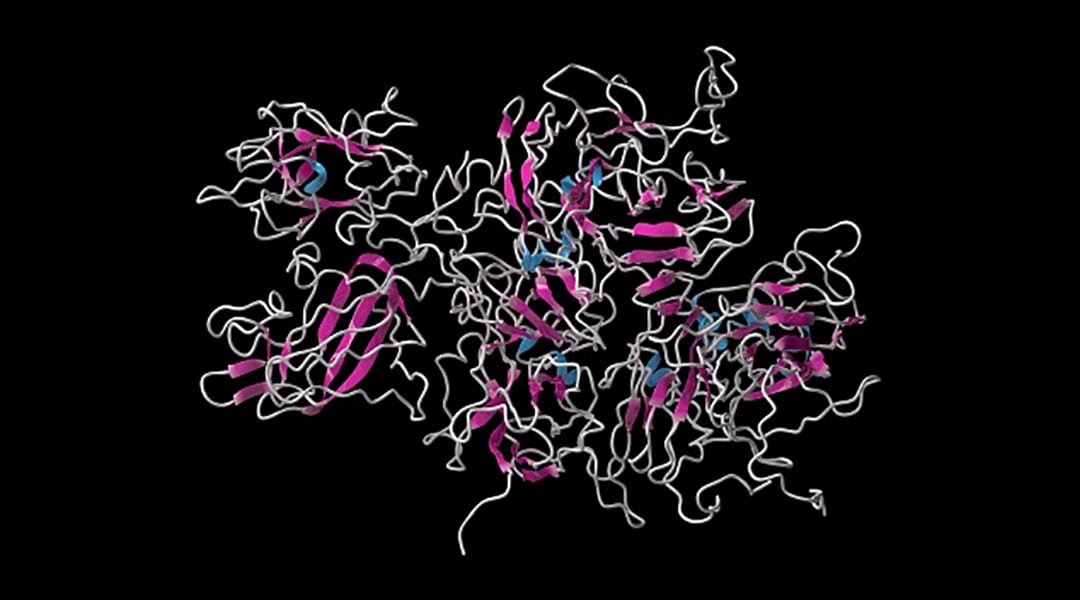
Using their deep-learning program, AlphaFold, researchers predict the 3D structure of proteins using only their linear amino acid sequence, revolutionizing computational biology as we know it.